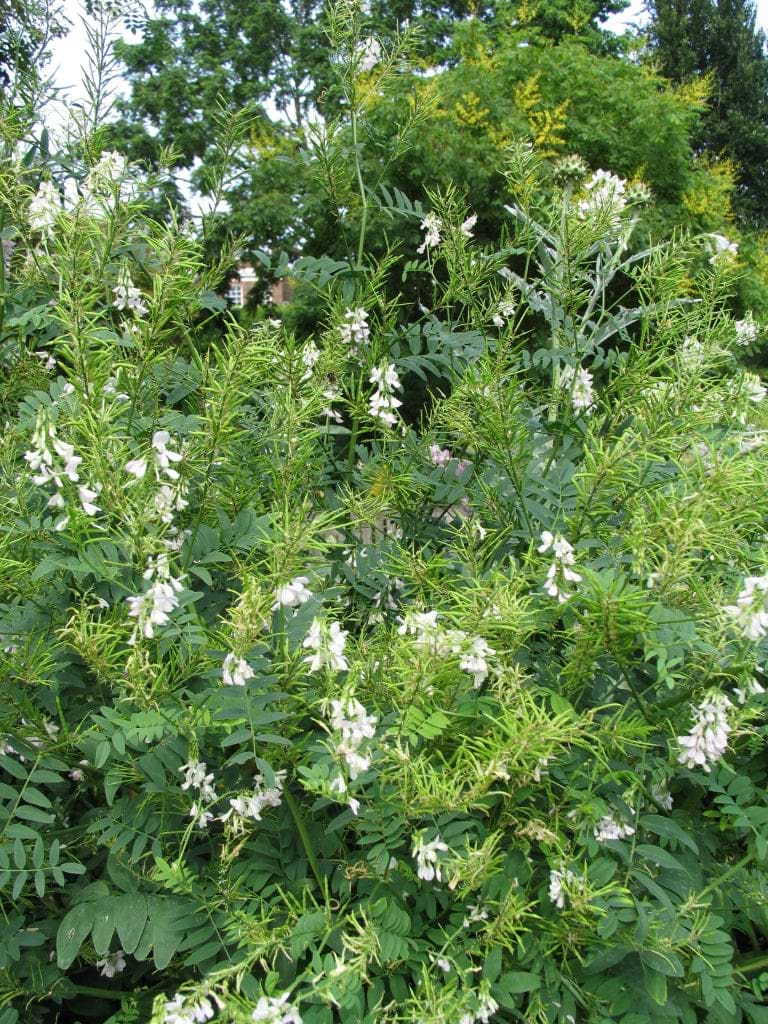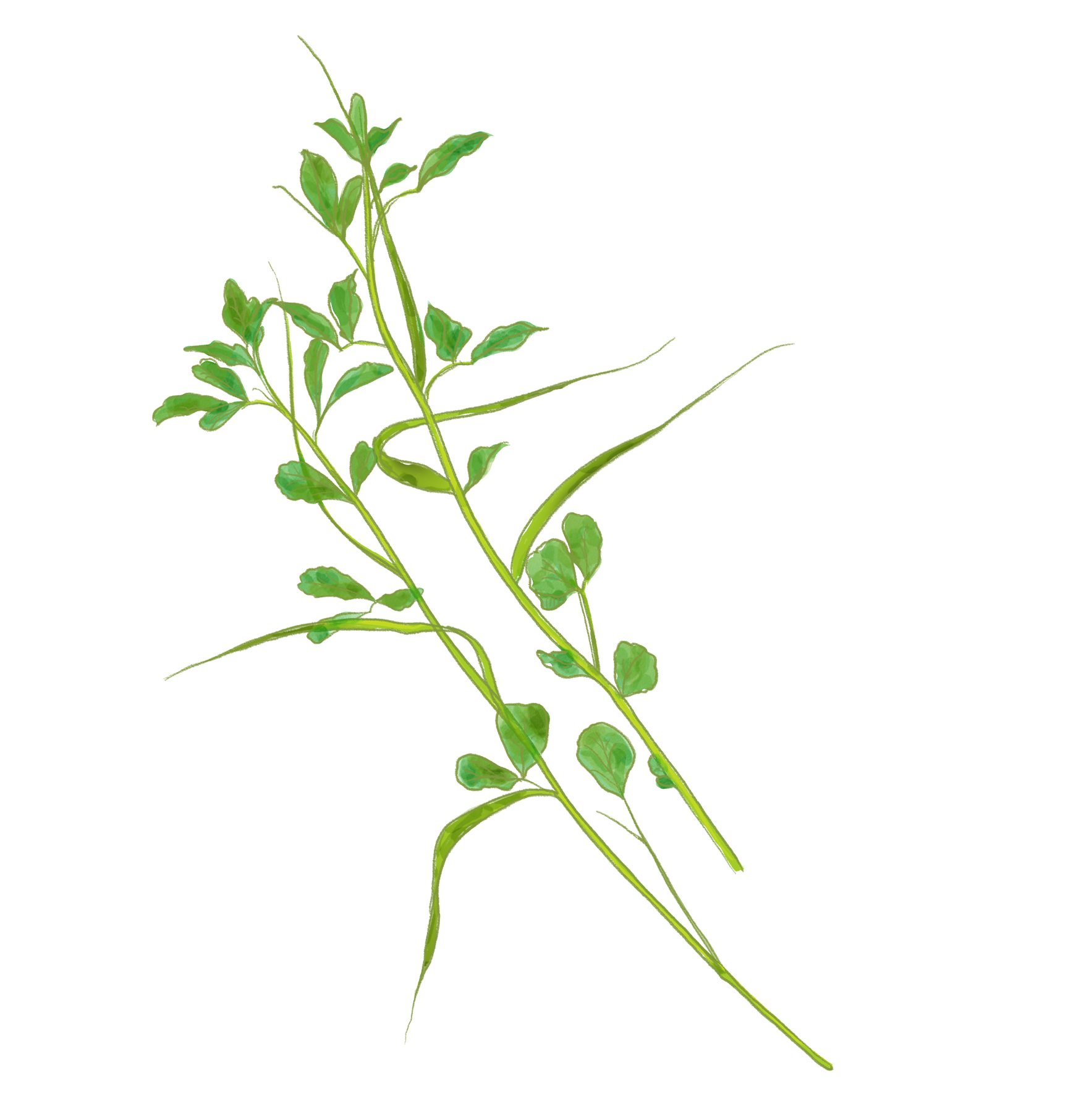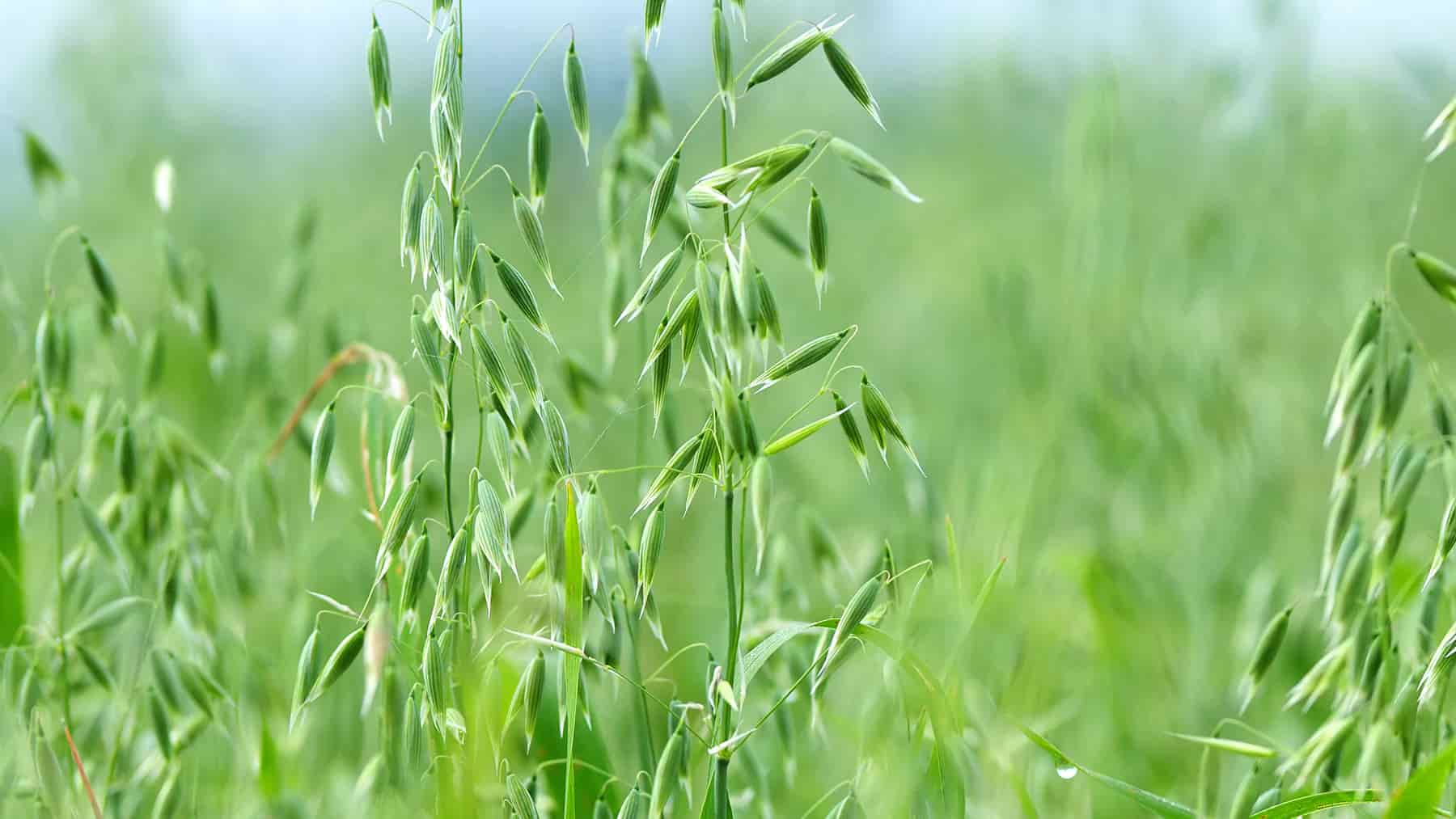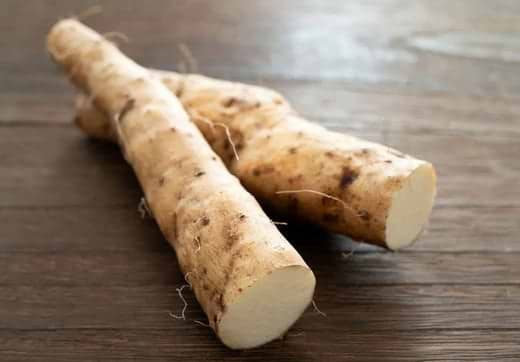The benefits of breastfeeding are numerous and oftentimes new mothers are concerned with the quality and quantity of milk supply. Goat's Rue, or Galega officinalis, is an herbal galactagogue that has been used for centuries to increase breast milk supply.
It is available as a tea, herbal tincture, or formulated with other galactagogues like fenugreek, which is a member of the same Fabaceae family. In 1837 a French farmer discovered that Galega officinalis, when eaten by his cows, increased their milk supply by 35-50%. Galega (Gale means "milk" and ega translates as "bring on, cause") subsequently became known as Goat's Rue. Its other common names are French Lilac, Holy Hay, Italian Fitch, or Professor-weed.
How Does Goat's Rue Work?
At this time, there is no clear understanding how Goat's Rue increases milk production. According to various breastfeeding mothers, using a simple tincture of Goat's Rue, in addition to frequent feeding and/or regular pumping every 2-3 hours, increasing protein intake, maintaining hydration, adequate sleep, and lowering stress levels, have all yielded an increase in milk production. The recommended dose of Galega is 1 to 2 mL of tincture 2 to 3 times a day, or an infusion of 1 teaspoon of the dried leaves in 1 cup of boiling water 2 to 3 times a day (Nice, 131).
Goat's Rue, Prolactin, and Lactation
Using galactagogues like Goat's Rue to enhance one's milk supply can be useful because ''human milk production is a complex physiologic process involving physical and emotional factors and the interaction of multiple hormones, the most important of which is believed to be prolactin" (Liebert, 41).
Prolactin stimulates lactation and its release is inhibited by dopamine which is secreted by the hypothalamus. In addition, "lactation is initiated with parturition, expulsion of the placenta, and falling progesterone levels in the presence of very high prolactin levels" (41). Various milk enhancement drugs such as Domperidone, a dopamine inhibitor, are not available in the US due to a lack of the FDA's approval.
During my experience as a doula and herbalist working with breastfeeding mothers, I have found the best results, meaning increased milk supply, resulted from taking galactagogues like blessed thistle, fenugreek, and goat's rue. However, after taking high doses of fenugreek, some mothers complain of experiencing blood sugar drops and even mentioned emitting a "maple syrup" odor. When using galactagogues, most mothers find that when they reach the level of desired milk production, they can stop taking the herb. Breastfeeding can be complicated, and when in doubt, lactation consultants and support groups like La Leche League are available.

A Walk in the Garden
Goat's Rue grows hardy in most conditions and flowers in the summer months. Just recently, when visiting London, England, my host invited me to visit Chelsea Physic Garden, London's oldest botanic gardens. The Society of Apothecaries of London founded this garden in 1673 so that their apprentices could learn to grow medicinal plants and study their uses. During our garden tour, I located a small specimen of Galega Officinalis amongst the "Official Plants," those considered to have medicinal qualities. One of the gardeners directed me toward another area where Galega lives and this enormous bush demonstrated the beauty of this French Lilac. For something considered to be a noxious weed, Galega Officinalis is very feminine with her long stems and light pink flowers. This gorgeous galactagogue dominated her domain — just like a strong, breastfeeding mother!
References
- Liebert, Mary Ann. ABM Clinical Protocol #9: Use of Galactagogues in Initiating or Augments the Rate of Maternal Milk Secretion.
- The Academy of Breastfeeding Medicine Protocol Committee. Breastfeeding Medicine. Volume 6, Number 1, 2011.
- Nice, Frank J. Infant, Child, & Adolescent Nutrition. Volume 3, June 2011.
Written by Marisa Buchsbaum, Clinical Herbalist & Doula. Marisa's website is www.thetreeoflifedoula.com.
For educational purposes only. This information has not been evaluated by the Food and Drug Administration. This information is not intended to diagnose, treat, cure, or prevent any disease, or sell any product.
Recommended Products
Further Reading











